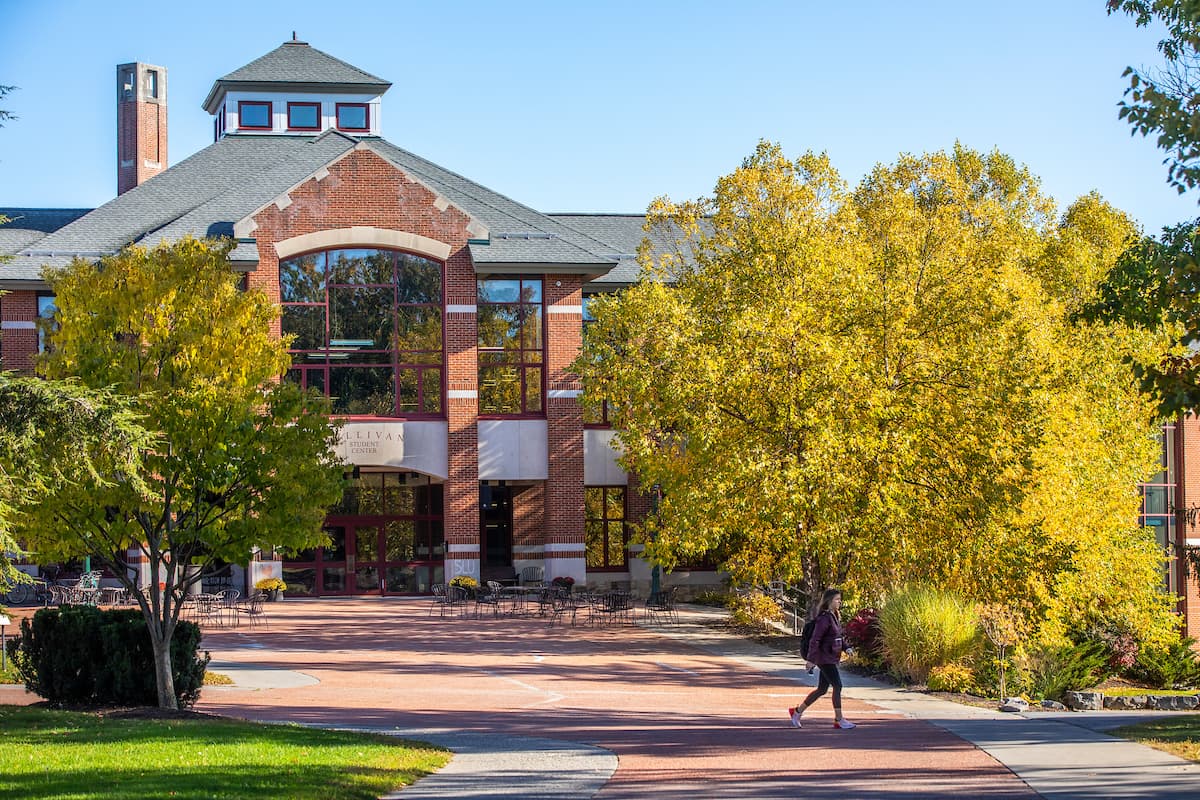As we gradually return to a more regular campus atmosphere after the conclusion of the COVID-19 pandemic, student groups are eager to resume their once usual activities and events. While the student body excitedly awaits the campus-famous happenings to return, the clubs who orchestrate the events are experiencing financial complications. There has been a notable increase in frequency of clubs seeking additional funding from the student government, THELMO, to support their endeavors. Let’s dive into the intricacies and the reasons behind these recent changes.
Each year, THELMO receives a Contingency Fund. This is designed as a last-resort opportunity for student groups (clubs, theme houses, etc.) to make their pitch to receive funding for events, material additions to campus, sport competitions, and more. The student government-controlled budget is fueled directly by students, who pay a fee each semester that goes first into the SLU Student Activities Fund, and subsequently to student groups and THELMO. The difference that we see now lies in how the SLUSAF budget is being allocated, but what factors contributed to this shift?
In the face of enrollment issues, due mainly to the pandemic, the university has found itself in a significant financial deficit within the past few years. Struggles with student enrollment serves as the main cause of this. The number of undergraduate students accepted in 2018 was 2,441, compared to only 2,060 in 2021. This is about a 15.6 percent decrease in enrollment, and SLU faces the consequences with the lack of students, and therefore, the snumber of tuitions that are paid to the school. Due to this turn of events, a University Academic Plan was created to try and combat the challenges that SLU is facing in this time of financial struggle.
One of the methods that was decided upon under the new plan for action was to take some of the funding that historically had gone directly to student groups and give it to THELMO at the beginning of the semester. This decision arises from a concern that if higher budgets are given directly to the student groups, the money might not be used as intentionally, or now especially, as sparingly as the university would hope. With THELMO’s intervention, the spending that occurs within student groups can be more regulated and catalyzing of a more equitable and inclusive distribution of funds across the university.
Student readers may be wondering what this might mean for the groups they are part of or who host events that they love. The changes in budgets are shaking things up in ways that students haven’t seen before. Given their starting budgets are much lower, clubs and theme houses are collaborating with each other and even Canton community groups and corporations much more often to ask for financial help. Some groups are happy to help, while others are hesitant or simply can’t, due to their own challenges with budget. Some find the reaching-out a great way to network in the campus and Canton communities, while others find it inappropriate.
Overall, as the semester progresses and budgets grow slim, opinions among students regarding the ongoing changes are bound to differ. Despite the challenges posed by issues with the university’s enrollment and financial statuses, the campus is on the brink of evolving in the way students collaborate and consider monetary matters, especially in the latter half of the semester as student groups plan their final events.



